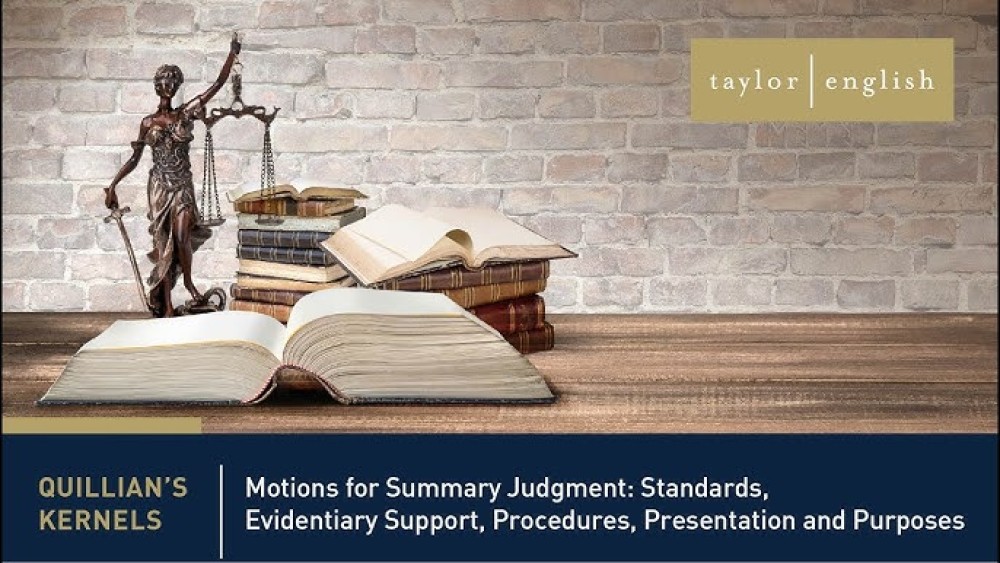Get Your Legal Documents Now!
Whether you are dealing with a complex family matter, facing criminal charges, or navigating the intricacies of business law, our mission is to provide you with comprehensive, compassionate, and expert legal guidance.

Wondering if you can file a second motion for summary judgment? Learn the rules, risks, and strategy behind filing multiple MSJs in civil litigation.
Can You File a Motion for Summary Judgment Twice?
Introduction
In civil litigation, the motion for summary judgment (MSJ) can be a game-changer—eliminating claims, avoiding trial, and clarifying legal issues. But what if your first motion fails or only partially succeeds? Can you file a motion for summary judgment twice in the same case?
The answer is yes, under certain conditions. Courts generally allow a second MSJ if it's procedurally proper and based on new facts, law, or developments in the case. However, strategic missteps, timing issues, or redundancy can lead to denial.
In this article, we explore when and how to file a second motion for summary judgment, the risks involved, and how to strengthen your position. For professionally drafted MSJs, visit legalhusk.com or legalhusk.com/services/civil-litigation.
Can You File a Second MSJ?
Yes—if the court allows it.
There is no automatic prohibition against filing more than one MSJ. Federal Rule 56 and most state equivalents do not limit parties to a single motion.
But courts can deny a second MSJ if:
When a Second Motion Is Appropriate
1. New Evidence Has Emerged
2. The Law Has Changed or Clarified
3. The Court Invited It
4. Partial Summary Judgment Was Granted Initially
5. The Case Has Been Amended
Risks of Filing a Second MSJ
1. Judicial Fatigue
2. Procedural Obstacles
3. Strategic Exposure
Procedural Requirements for Filing Again
A. Check the Scheduling Order
B. Seek Leave of Court (if required)
C. Format and Structure the Motion Properly
How Courts Evaluate a Second MSJ
Courts look at:
If you meet these standards, the court is more likely to consider the second MSJ on the merits.
Strategic Tips for Filing a Second MSJ
Examples of Second MSJ Use Cases
Employment Case:
First MSJ denied because the facts around termination were disputed. Later, deposition reveals employee admitted wrongdoing. A second MSJ based on that admission may now succeed.
Contract Dispute:
Court denied first MSJ on ambiguous contract language. After discovery, emails clarify intent. A second MSJ could now argue the facts are no longer in dispute.
Tort Claim:
Partial MSJ granted on negligence, but punitive damages remain. File a second MSJ to strike punitive claims based on updated legal precedent.
How Legal Husk Can Help You File Strong First or Second MSJs
At Legal Husk, we understand that every motion counts—especially when time is short or the stakes are high. We assist litigants by:
You can access our services at:
Final Thoughts
Yes, you can file a motion for summary judgment more than once—but only when justified by new evidence, legal developments, or changes in case structure. Make sure your second MSJ is timely, non-redundant, and strategically valuable.
📩 Need help drafting a second summary judgment motion? Visit Legal Husk to purchase expertly prepared litigation documents that comply with court standards and maximize your chances of success.
Whether you are dealing with a complex family matter, facing criminal charges, or navigating the intricacies of business law, our mission is to provide you with comprehensive, compassionate, and expert legal guidance.
Comments